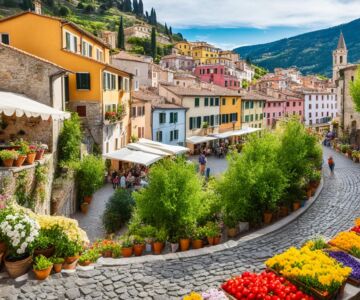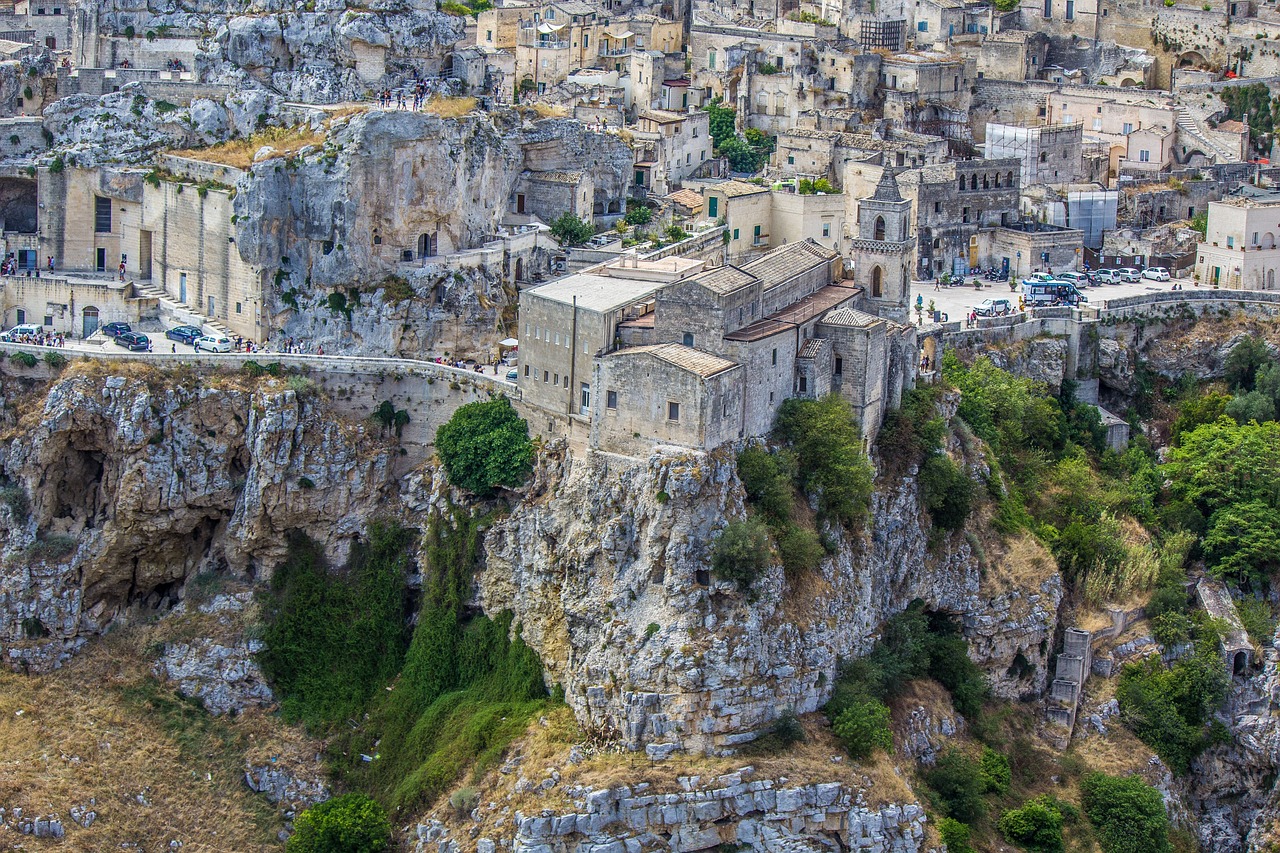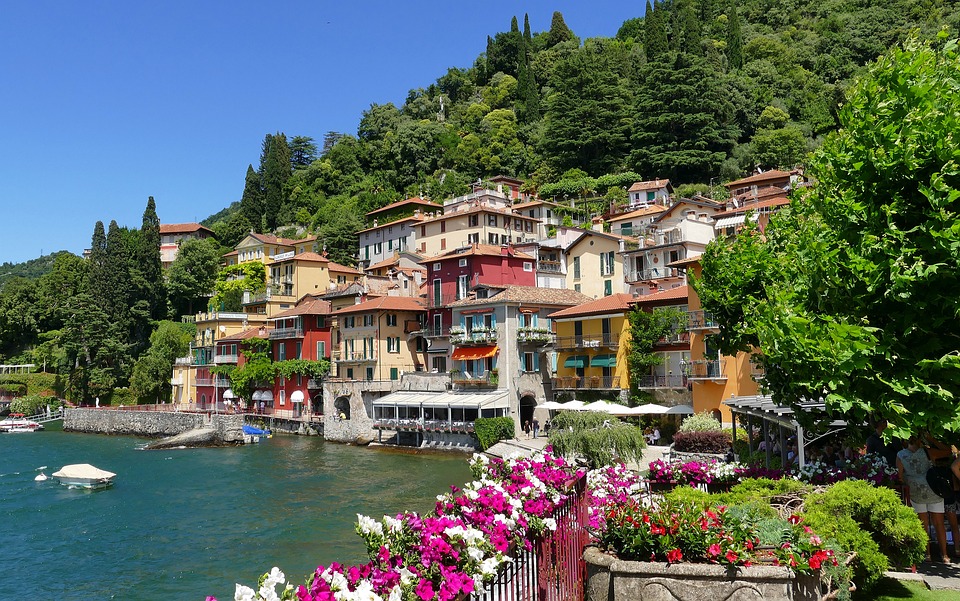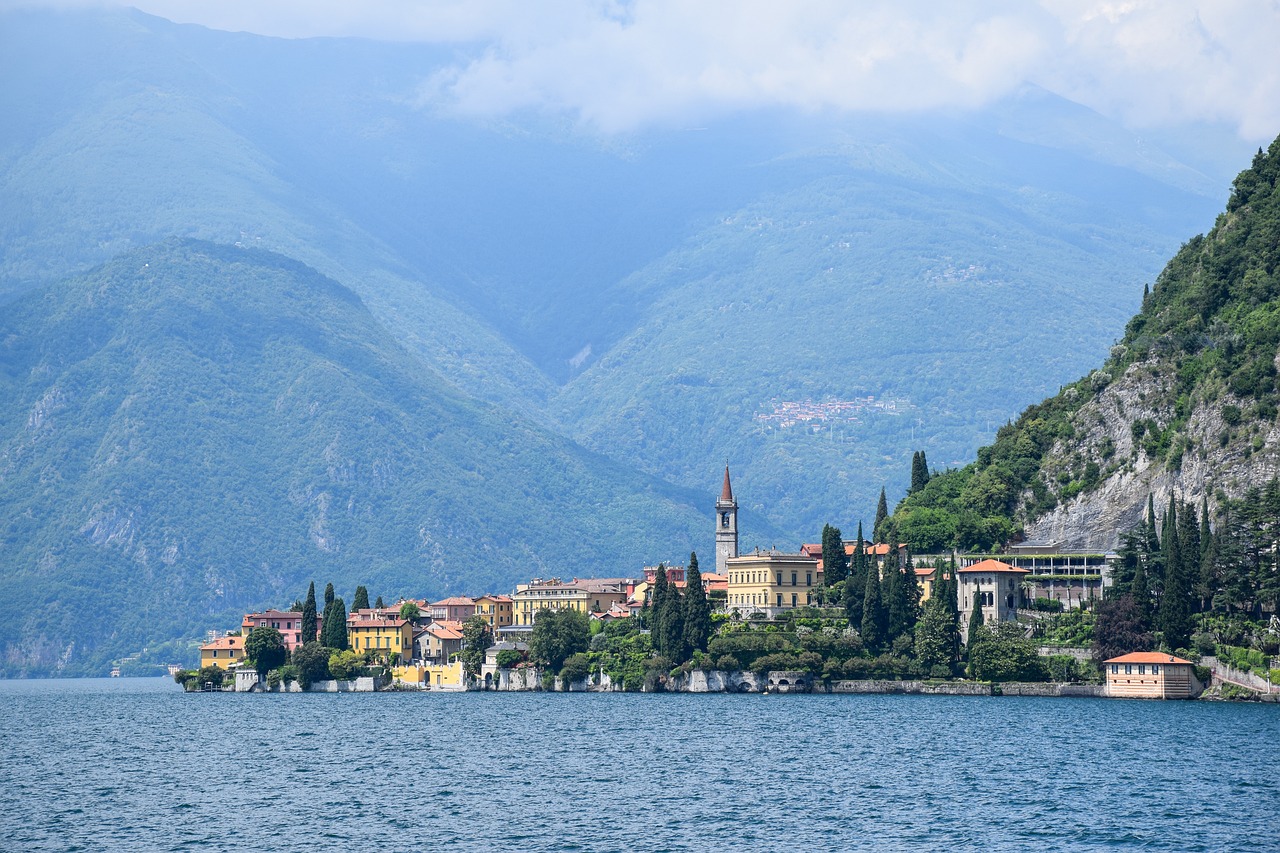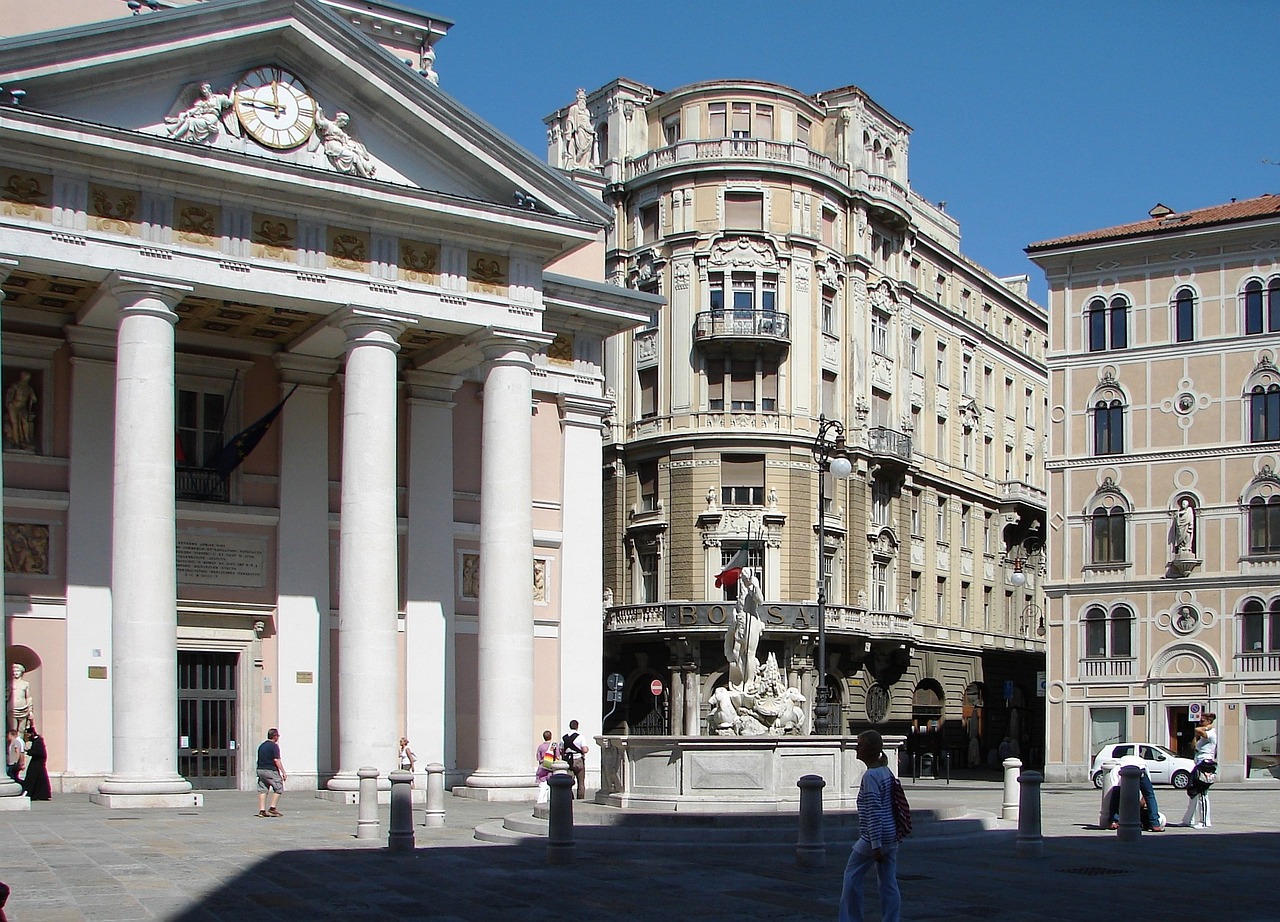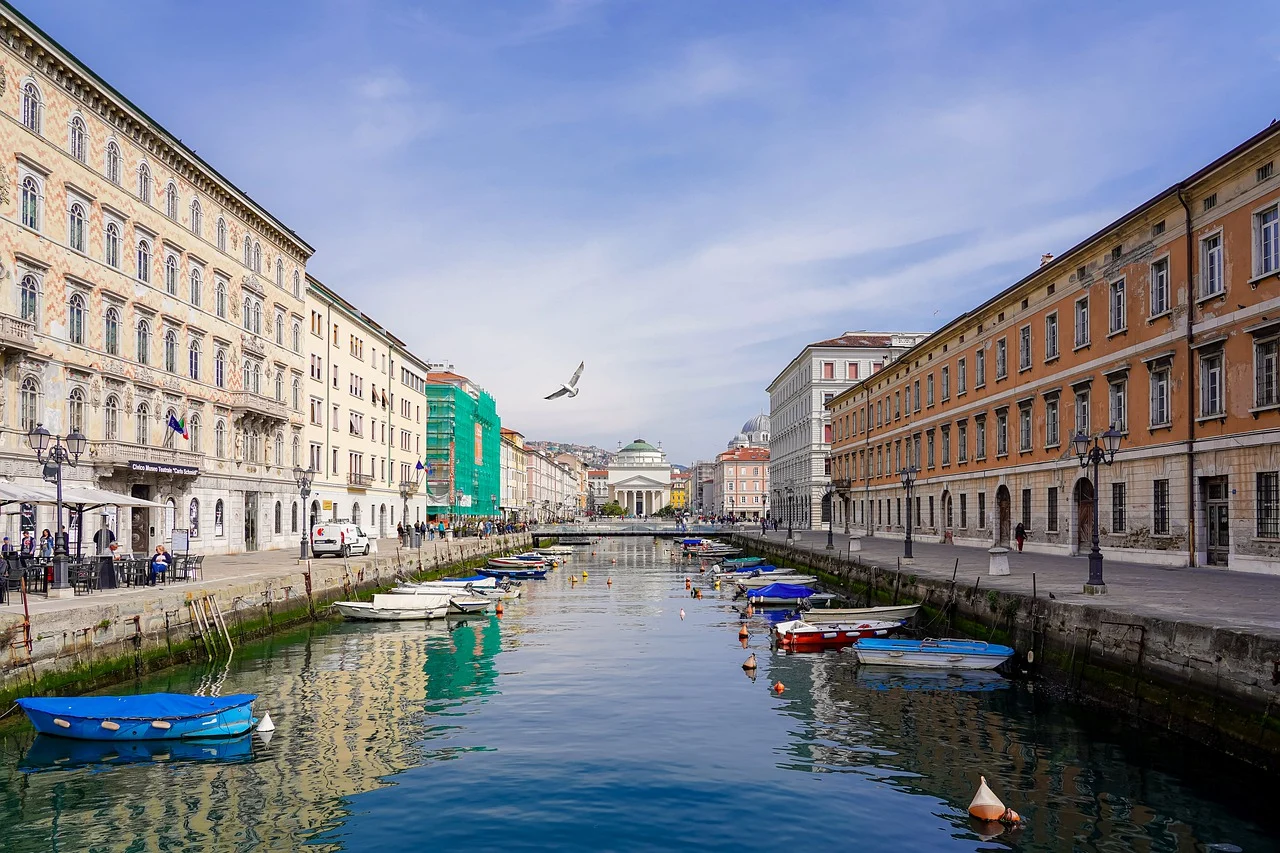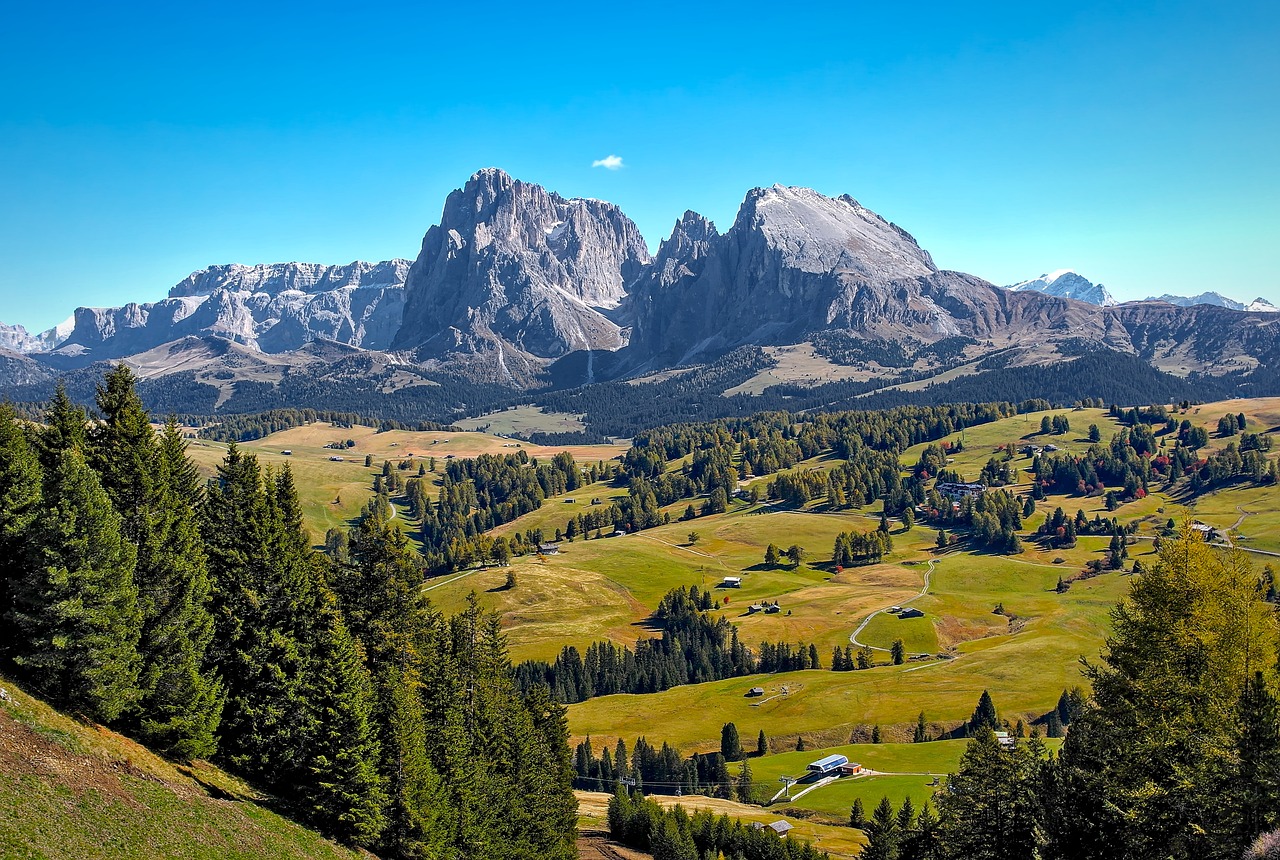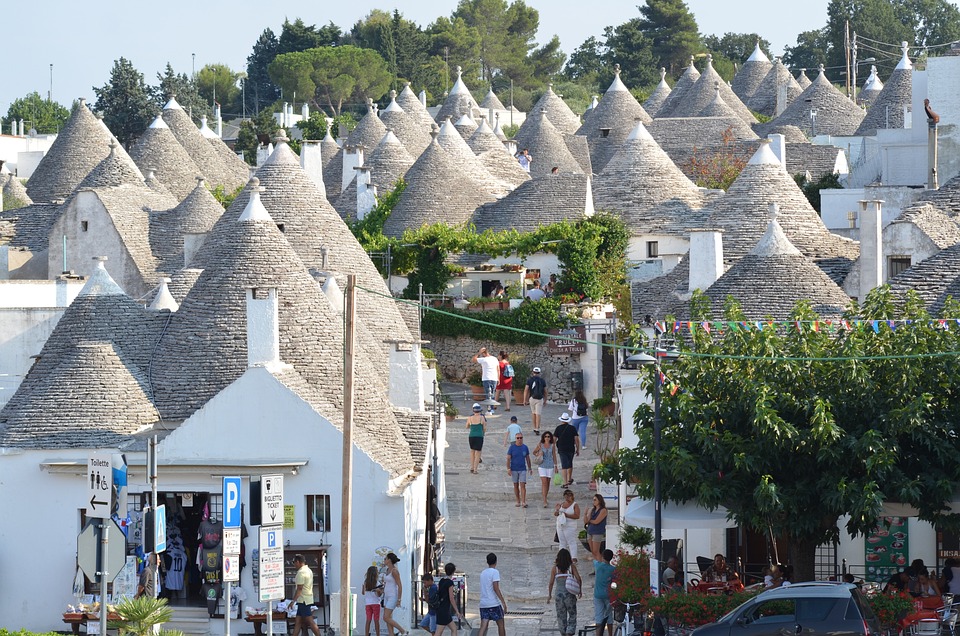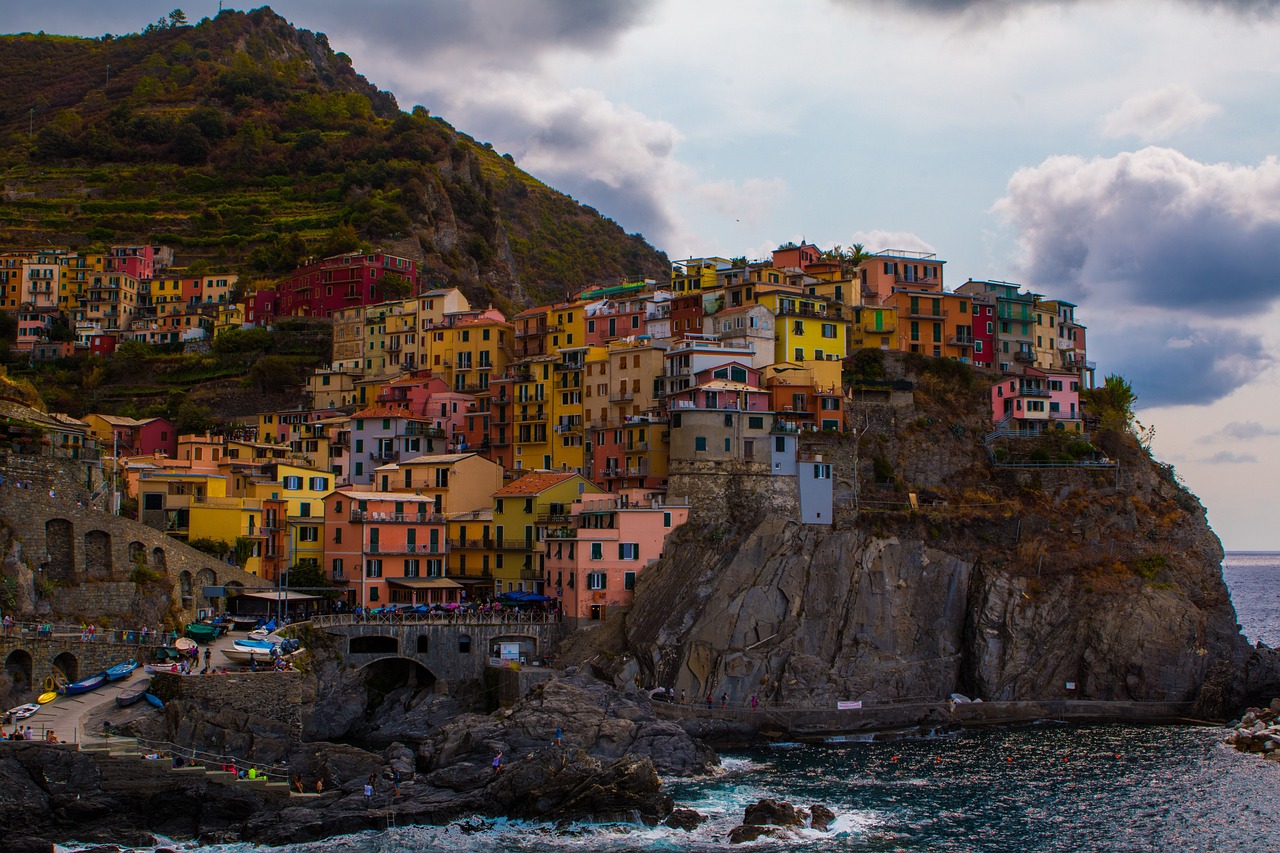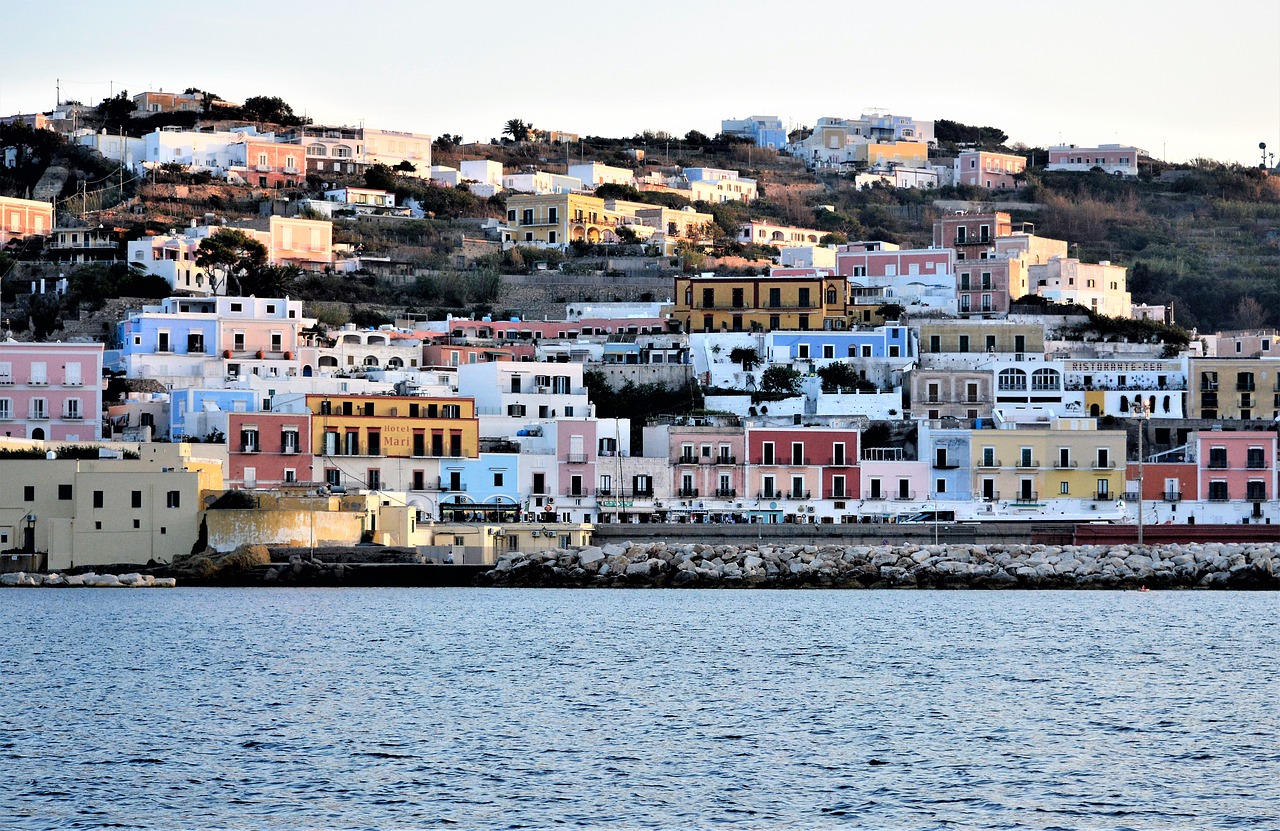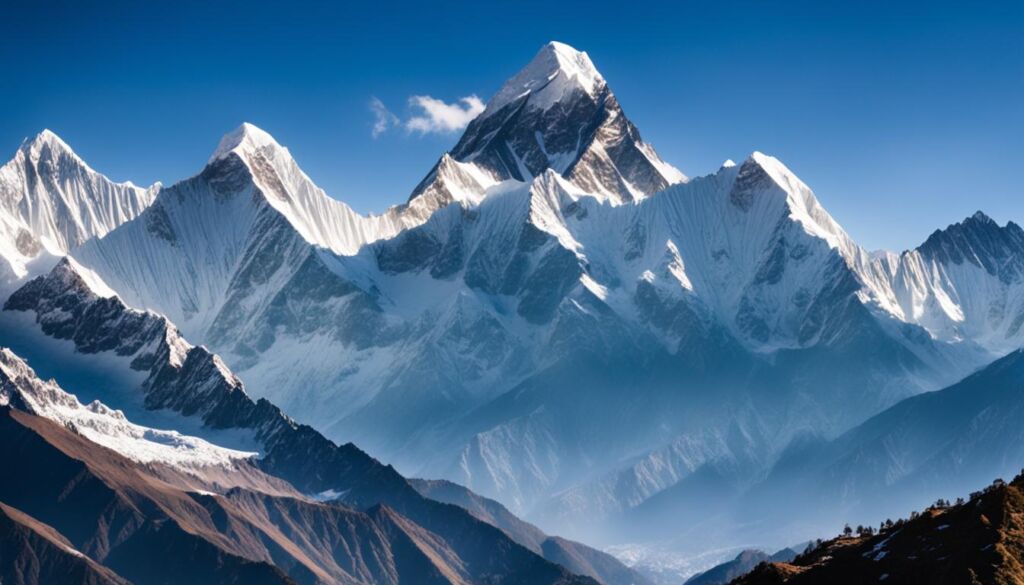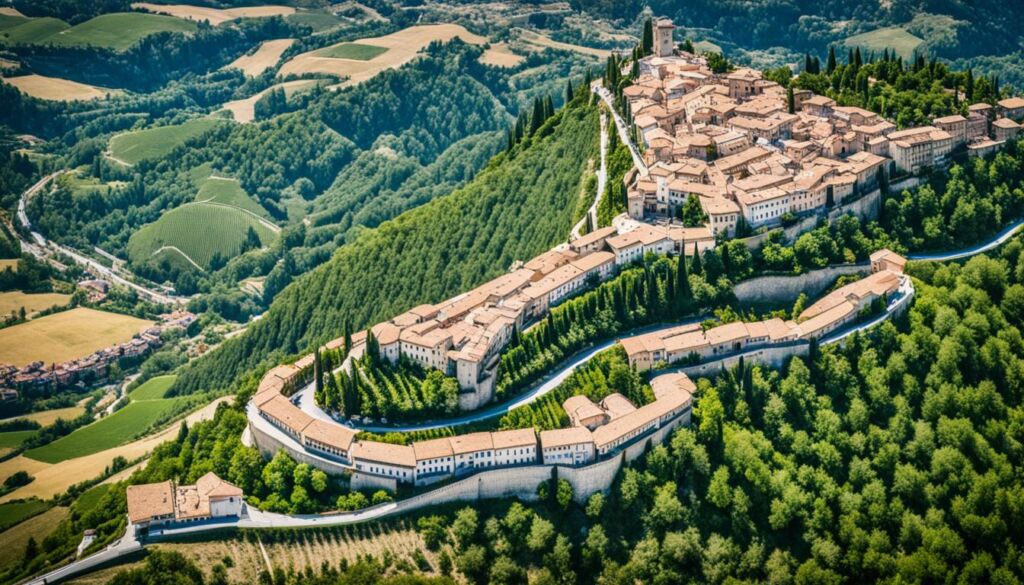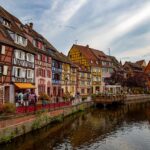Are you a wine lover looking for something new? There are many hidden wine regions in Europe you should check out. These places are not as famous as Tuscany or Bordeaux but are just as special.
We’ll take you to hidden gems like Istria in Croatia, the Alsace route in France, and Crete in Greece. You’ll learn about the wine-making traditions in these places. We’ll also explore the vineyards of Saale-Unstrut in Germany and the wine culture of Georgia.
This guide is full of tips and stories to help you find amazing wineries and tasting experiences. Get ready to discover the secret spots of European wine.
Key Takeaways
- Explore European hidden vineyards for a unique and authentic wine tasting experience.
- Discover undiscovered wine regions like Istria, Croatia, and Alsace, France.
- Saale-Unstrut in Germany is notable for its northern position and sparkling wines.
- Crete, Greece, offers rich ancient wine traditions with varietals like Dafni and Plyto.
- Georgia boasts 540 endemic grape varieties, making it a significant wine civilization.
Introduction to Lesser-Known Wine Destinations
For a fresh twist in wine exploration, Europe has many hidden vineyards and wine spots. Don’t just stick to famous places like Bordeaux or Piedmont. Dive into less known areas for their charm and unique winemaking ways.
Step away from the crowds and find off-the-beaten-path vineyards. Kakheti in Georgia is a key spot, with a 8,000-year-old wine history. It’s the oldest wine region in the world and a must-see for wine lovers.
Then, head to Adelaide Hills in South Australia for cool-climate wines. With over 60 wineries, it’s perfect for those who love to explore different wines.
Travel blogger recommendations often talk about the Okanagan Valley in Canada. Since 1984, it’s grown to have over 180 wineries. Its unique climate lets for a wide variety of grapes, making it a great place to visit.
In Europe, Drăgăşani in Romania is all about new ideas. Small family wineries here grow local grapes and rare ones like Crâmpoşie Selecţionată. It’s perfect for those interested in both old and new winemaking.
Franschhoek in South Africa has a long history thanks to French settlers. Leeu Estates, with its 168 acres, offers a peaceful place for wine tasting and trying new blends.
For sparkling wine fans, England’s South Downs is a new star. It’s a focused spot for English wine, especially in Hampshire and West Sussex. It’s a great spot for sparkling wine lovers.
Empordà in Spain is known for its old winemaking ways. Places like Perelada add to its rich history. Wine lovers can enjoy a wide range of wines with a long history.
Visit these hidden but amazing places for a deeper wine experience. They offer unique cultural experiences and tasting adventures. Travel bloggers say these spots change how we see wine exploration.
These areas reflect the changing wine world, like Argentina’s Malbec and New Zealand’s Pinot Noir. Each region adds to the global wine culture. So, explore these hidden spots for your next wine journey.
Discover the Hidden Gems in Istria Peninsula, Croatia
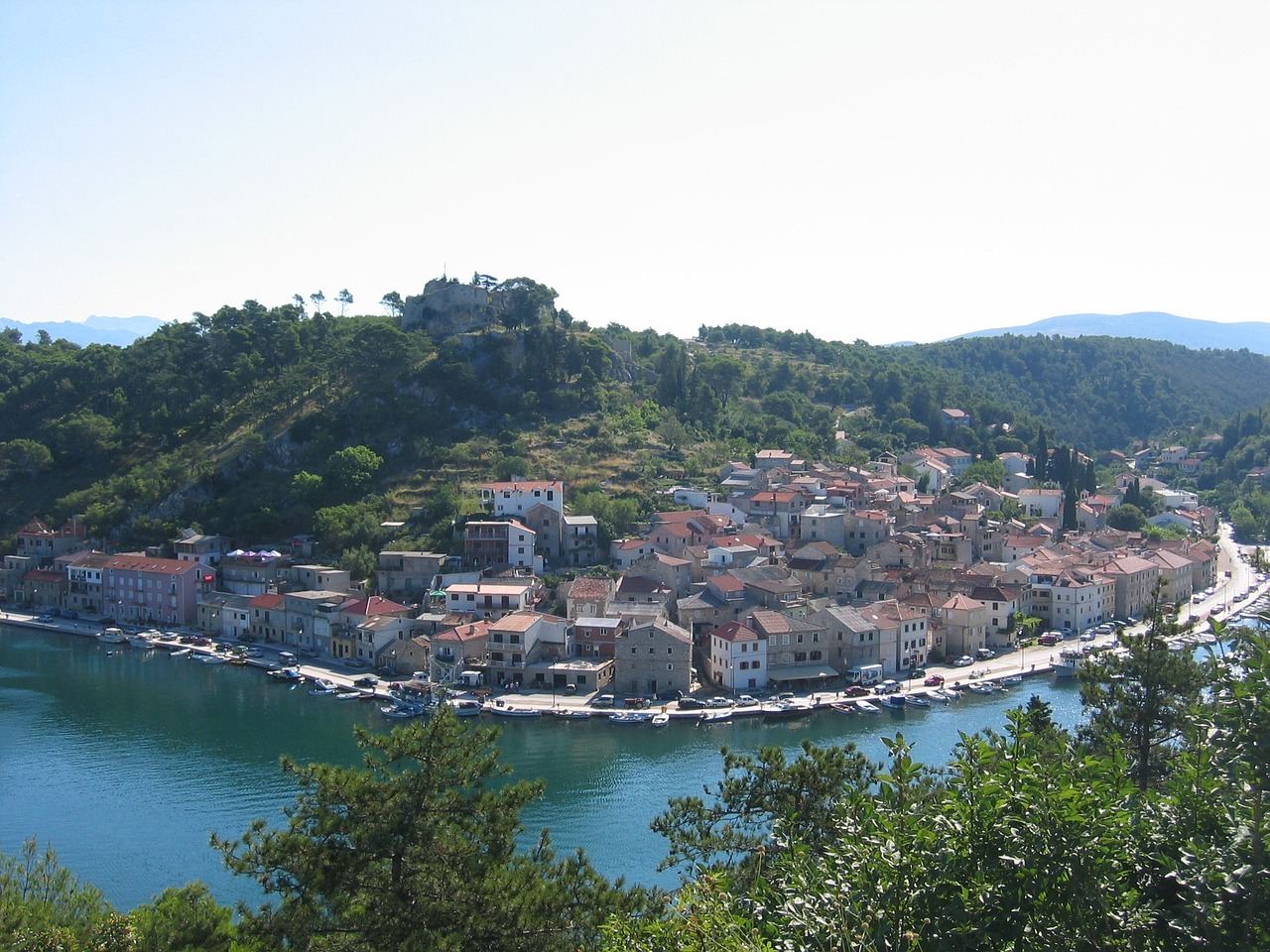
The Istria Peninsula in Croatia is a treasure trove for wine lovers. While places like Pula, Rovinj, and Motovun are popular, there are hidden spots too. You can find unique cultural experiences in towns like Fažana, Umag, Vrsar, and Premantura.
Vineyards and Wineries to Visit
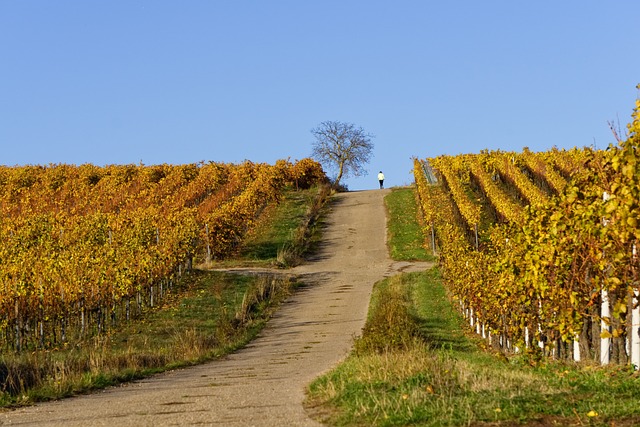
(Istria is a mix of old charm and new winemaking. Visit Fakin Wine near Motovun to see real Croatian vineyards. You can taste amazing wines and dive into local culture. In Rovinj, Stancija Collis offers a peaceful place for wine tasting and olive oil sampling.
Unique Wine Tasting Experiences
Experience special wine tastings in Istria. Imagine having a Motovun wine tasting with beautiful views or trying wines by the waterfront in Rovinj. These moments let you truly enjoy Croatian vineyards.
Local Grape Varieties and Terroir
Istria has three areas: Red Istria, Grey Istria, and White Istria. Each area has its own wine quality. Grapes like Malvasia Istriana grow well here. This means every wine from Istria is a special taste of the area’s wine history.
Explore the Enchanting Vineyards of Alsace, France
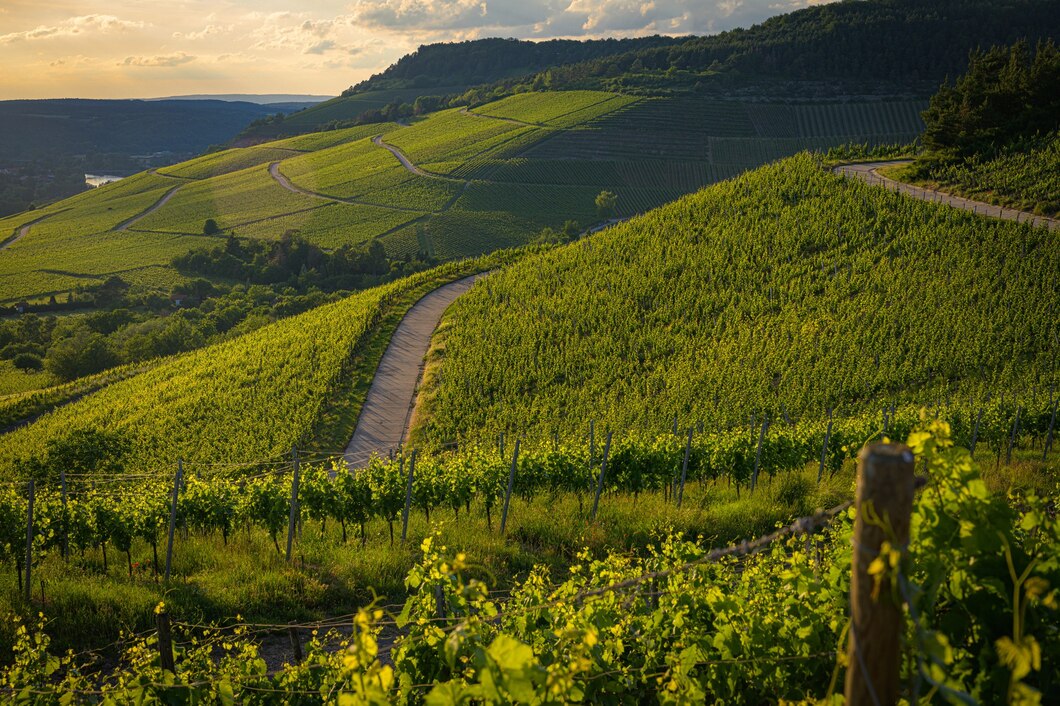
The Alsace wine route is a beautiful and historic path in France. It goes over 170 km and goes through more than 70 towns and villages. You’ll see stunning vineyards and charming places.
This route is perfect for wine lovers. It has many wineries that make aromatic white wines like Riesling, Gewurztraminer, and Pinot Gris.
Top Wineries on the Alsace Wine Route
Domaine Dopff au Moulin is a famous winery on the route. It’s in the Alsace Grand Crus appellation. They make a sparkling wine called Crémant d’Alsace.
Another great place is the Arthur Metz winery in Marlenheim. They offer wine tastings with stories about Alsatian wines.
Signature Wines and Regional Cuisine
Alsatian wines are known for their unique tastes. The Riesling from Clos Ste-Hune is famous worldwide. It’s like the “Romanée-Conti of Alsace.”
These wines go great with local food like choucroute garnie and tarte flambée. Visiting these vineyards is a memorable food and wine adventure.
Best Times to Visit
Autumn is the best time to see the Alsace wine route. The leaves turn beautiful colors, making the vineyards look stunning. There are fewer tourists, so it’s a peaceful time to visit.
Visiting between Strasbourg and Colmar lets you learn about the area’s history. Colmar is famous for its Christmas market and wine tastings.
The Alsace wine route is great for anyone who loves wine or exploring new places. It’s a journey through some of France’s best vineyards.
Uncover the Ancient Wine Tradition of Crete, Greece
Cretan wine-making has a long history that goes back over 4000 years. It started in the Minoan civilization’s time, from 2000-1400 BCE. Crete is Greece’s second-biggest wine area, with over 60 wineries. Its unique land and warm weather make its wines special.
Crete’s vineyards cover about 8,000 hectares, which is 11.9% of Greece’s wine production. Most vineyards are in the center of the island. There are also some in the west and east. Crete is known for many local grape types. You can try grapes like Dafni, Plyto, and Melissaki.
At Lyrarakis Winery, you can learn about Crete’s wine history. They offer tours and wine classes. It’s a great place to try local wines with Cretan food.
The island’s soil is dry and sandy, which helped it avoid phylloxera until the 1970s. This made it a good place for many grape types. Now, there’s a move back to local grapes and natural wine-making.
Peza and Dafnes are famous areas for their wines. Peza makes about 70% of Cretan wines. Dafnes is known for its Liatiko grape. Crete is also famous for sweet wines like protropos and Malvasia di Candia.
| Cretan Wineries | Special Features |
|---|---|
| Lyrarakis Winery | Educational tours, wine classes, and local varietals |
| Peza Region | 70% of Cretan wines produced, known for high-quality varieties |
| Dafnes Sub-region | Uniquely permits Liatiko grape variety |
Visiting Crete is more than just a trip through history. It’s a celebration of modern Cretan wine-making. You’ll get to taste the unique flavors of this ancient Greek island.
The Wine Regions of Saale-Unstrut, Germany: A Hidden Treasure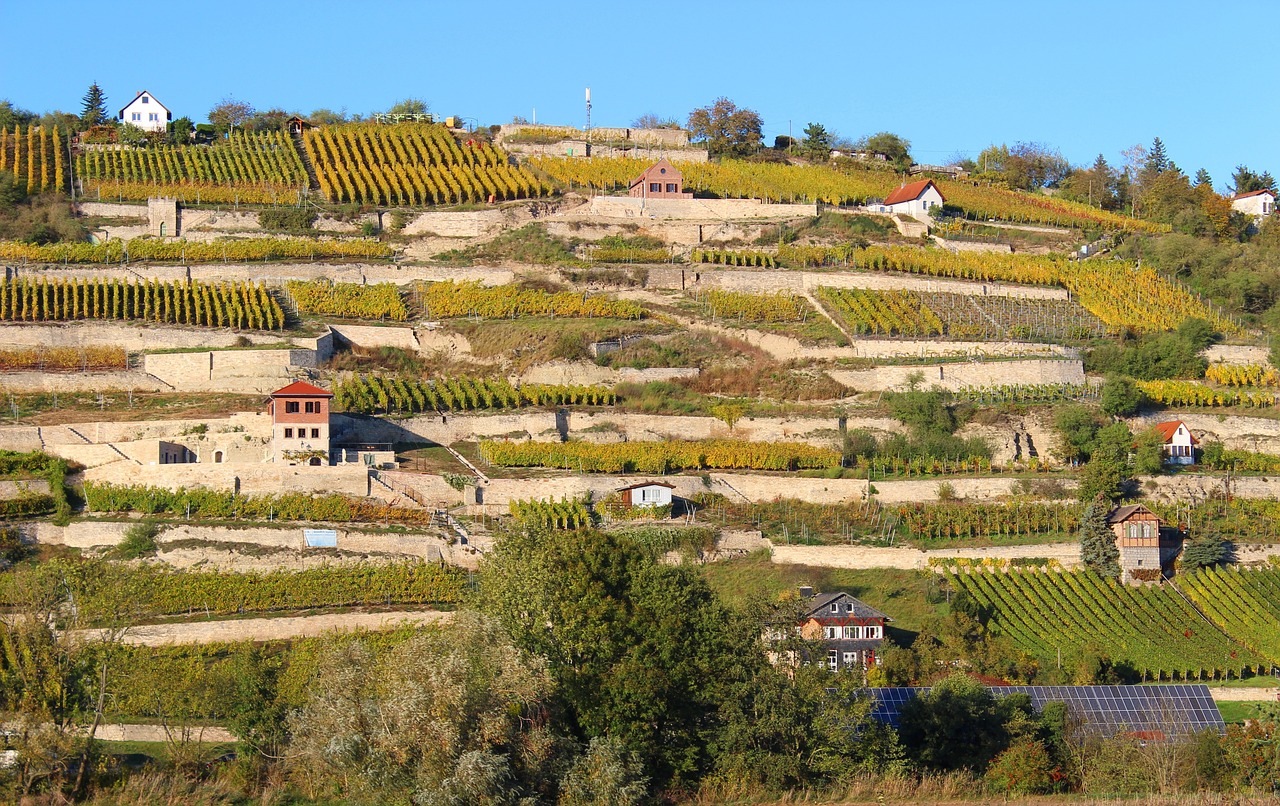
The Saale-Unstrut region is a special place for wine lovers. It has a long history and beautiful views. It’s the northernmost place in Europe where top-quality wine is made. Here, you’ll find wine history, cultural sites, and amazing architecture.
The area is known for its beautiful vineyards on hills. These vineyards have been there since the High Middle Ages. Wine lovers will find something special here.
History and Production
Monks started making wine here in 998 AD. They were the first to plant vines. This started a long tradition in German wine history.
The region makes great white wines. Müller-Thurgau, Pinot Blanc, and Riesling are the main grapes. These grapes grow well in the tough climate. The hard work and skill of the winemakers make the wines special.
Notable Wineries and Vineyards
There are famous wineries in Saale-Unstrut. Rotkäppchen-Mumm is one, known for its sparkling wines. Herzoglicher Weinberg is another, offering tastings in a beautiful setting.
Freyburg is the heart of the wine region. It’s a place where wine lovers can dive deep into history. The town is perfect for those who love wine and history.
Visiting Saale-Unstrut means seeing its culture too. It’s full of castles, palaces, and old buildings. Naumburg Cathedral is a key spot, a UNESCO World Heritage Site since 2018.
There’s more than wine here. You can try Roter André wine and Naumburg cherry stollen. The region is also a UNESCO World Heritage Site and Biosphere Reserve. It’s a hidden gem in northern Germany.
Georgia: The Cradle of Wine Civilization
Georgia has been making wine for 8000 years. This makes it very important in wine history. They use a special way to make wine called Kvevri winemaking. This method is special because it uses big clay jars buried underground.
This way of making wine lets the wine ferment naturally. This gives the wine rich and unique tastes. People all over the world love these wines.
Unique Winemaking Techniques
The Kvevri winemaking process is key to Georgia’s wine. It uses clay jars to let the wine age naturally. This makes the wine strong and full of flavor.
This method helps make many kinds of wine. It’s great for making deep reds and amber wines.
Key Varietals and Tasting Notes
Georgia grows over 500 types of grapes. Saperavi grapes and Rkatsiteli are the most famous. Saperavi grapes make wines that get better with age.
On the other hand, Rkatsiteli grapes make wines that are bright and full of flavor. The Kakheti region makes most of Georgia’s wine. It’s known for its top-quality wines.
| Region | Speciality | Grape Varieties |
|---|---|---|
| Kakheti | High-quality wines, vast vineyards | Saperavi, Rkatsiteli |
| Kartli | Cognac, Champagne | Chinuri, Goruli Mtsvane |
| Imereti | Brandy, Sparkling Wine | Tsolikouri, Tsitska |
Georgia has about 2,000 wineries, big and small. They grow over 450 grape types. It’s a place where wine making is very important. It’s a great place for wine lovers to visit.
Conclusion
This journey through Europe’s hidden wine spots has shown us a world where wine and culture meet. We’ve seen how places like the Istria Peninsula in Croatia and Crete, Greece, have deep stories. Each spot has its own history and tales.
We’ve also seen how places like Alsace in France and Saale-Unstrut in Germany offer unique wine experiences. These spots draw travelers with great wines and a rich cultural heritage. They tell the story of each region’s wine history.
But, climate change is a big threat to traditional wine areas. Up to 90% of vineyards in some countries could be at risk. Yet, places like the UK are growing their vineyards by 74%. This shows there’s hope for new wine spots.
So, as you plan your next trip, think about visiting these hidden wine regions of Europe. They can make your travels special and deepen your love for wine making.



